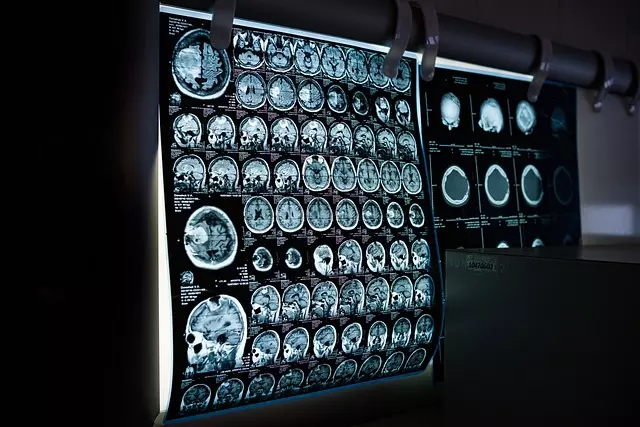Introduction to multi-omics integration in biomedical research
Introduction to multi-omics integration
Multi-omics integration is becoming a key element in biomedical research, particularly in the context of the complexity of biological systems. The term encompasses several different "-omics" disciplines, such as genomics, proteomics, metabolomics and transcriptomics, which together provide a holistic view of an organism and its response to various stimuli. In the more beautiful language of precision medicine, multi-omics integration enables scientists and physicians to better understand disease mechanisms and tailor therapies more effectively.
Advantages of multi-omics integration
One of the most important advantages of multi-omics integration is its ability to provide comprehensive information about a patient's condition. Collecting data from different biological levels allows the identification of key biomarkers and modifications that can lead to novel diagnostic and therapeutic approaches. With this integration, researchers are able to spot synergies between different types of data, which can lead to new discoveries.
An example is cancer analysis, where an integrated approach to genomics, proteomics and metabolomics can help identify specific mutations that are crucial to disease development and progression. This approach also creates opportunities to develop personalized cancer therapies, with short-term health benefits.
Technologies to enable multi-omics integration
Technologies related to biotechnology and informatics are key to effective multi-omics integration. Bioinformatics tools and analytical platforms allow data from different sources to be combined and analyzed. Increasingly, the use of artificial intelligence (AI) and machine learning technologies is emerging in research to better understand vast data sets and their interrelationships.
For example, platforms such as Galaxy and Qlucore offer the ability to analyze data straight from the lab, greatly accelerating the process of discovering new biomarkers and understanding disease mechanisms. This makes multi-omics integration increasingly accessible to a wider range of researchers.
Challenges of multi-omics integration
Although the concept of multi-omics integration has promising benefits, it faces a number of challenges. First and foremost, the variety of data types can make analysis and interpretation complicated. Differences in data collection methods and their conversion to analytical formats can lead to compatibility problems and a lack of standardization.
Additionally, there is a need for advanced statistical analysis to correctly extract biological signatures from complex data sets. Otherwise, there is a risk of erroneous conclusions that can lead to inappropriate clinical decisions. Solving these problems may require an interdisciplinary team that brings together biotechnologists, bioinformaticians and public health specialists.
The future of multi-omics integration in biomedical research
The future of multi-omics integration in biomedical research appears promising. As analytical technologies advance and artificial intelligence methods develop, integration of data from different omics will become more common and effective. This, in turn, will pave the way for the discovery of new therapies that are tailored to the specific characteristics of patients and their diseases.
An example of the successful application of multi-omics integration can be seen in the development of new approaches to treating neurodegenerative diseases, diabetes or cardiovascular diseases. Studying genomes, proteomes and metabolomes together can provide valuable information to help better understand the causes of these diseases and develop effective therapeutic interventions.
Summary
Multi-omics integration is not only a novel trend in biomedical research, but also a necessity in the face of the increasing complexity of the biological system. Understanding how different types of data interact can significantly impact the diagnosis and treatment of many diseases. Therefore, the use of technology, a thoughtful approach to data analysis, and interdisciplinary collaboration will be key elements on the road to research success in the future.

Add comment